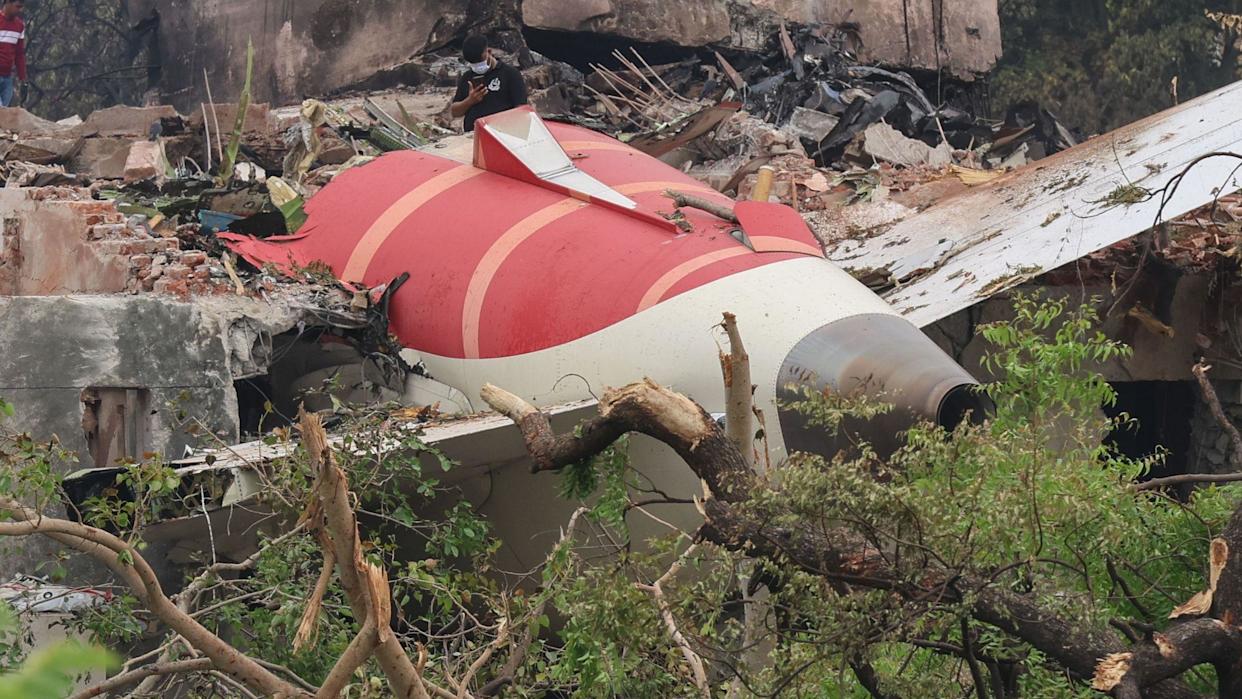India Boeing 787 Crash Leaves 265 Dead in Ahmedabad
Tragedy unfolded early Thursday, June 12, 2025, when an Air India Boeing 787 Dreamliner crashed just minutes after its departure from Ahmedabad, one of the major cities in northwestern India. The aircraft was bound for London and was carrying 242 individuals of various nationalities, including passengers and flight crew. Initial reports confirmed 265 fatalities, including 24 people on the ground. In a rare stroke of luck amid the devastation, only one passenger survived, marking this incident as one of the deadliest aviation disasters in India’s history.
India Boeing 787 Crash Sparks Emergency Response in Ahmedabad
Just moments after takeoff, the aircraft reportedly issued a mayday call to air traffic control, initiating emergency response protocols. However, it failed to return and crashed outside city limits, exploding upon impact. Eyewitnesses reported billowing smoke, intense fires, and aircraft debris scattered across a densely populated urban area.
The passenger manifest included:
169 Indian nationals
53 British citizens
7 Portuguese
1 Canadian
12 crew members
The Indian Directorate General of Civil Aviation (DGCA), alongside international aviation safety bodies including Boeing and the International Civil Aviation Organization (ICAO), has launched an investigation. Preliminary evaluations are likely to explore mechanical issues, pilot error, and weather conditions as possible contributing factors.
Human and Economic Impact of the India Boeing 787 Crash
The crash caused not only tragic loss of life but also significant damage to infrastructure. Several homes and businesses were destroyed by the fires that followed the explosion. With 24 ground fatalities, the local government has declared a state of emergency. Air India and government officials have promised compensation and emergency support for victims’ families and the affected community.
India Boeing 787 Crash Triggers Major Insurance Losses
While the emotional toll is beyond calculation, the financial repercussions for the aviation insurance and reinsurance industry are substantial. The incident introduces one of the largest multi-line loss events in recent years, affecting aircraft hull insurance, passenger liability, and third-party property coverages.
Aircraft Hull Insurance Losses
The Boeing 787 Dreamliner, known for its fuel efficiency and technological sophistication, typically carries a hull insurance policy exceeding $150 million. Given the aircraft’s age and international route, Air India will be compensated by its global aviation insurer pool for the total insured loss of the aircraft.
Passenger Liability from the India Boeing 787 Crash
Passenger liability claims could exceed $300 million, especially due to the involvement of multiple nationalities. Compensation claims are expected from families in the UK, Portugal, and Canada, where legal frameworks and expectations for passenger compensation are high. Class-action lawsuits could be filed in international courts, complicating claim settlements and litigation for insurers.
Third-Party Property and Casualty Exposure
The 24 fatalities on the ground and widespread structural damage will invoke third-party liability policies, which may cost tens of millions of dollars. These claims will be reinsured globally, meaning reinsurers across multiple regions will absorb the losses through shared risk pools.
India Boeing 787 Crash Could Reshape Aviation Insurance Market
The tragedy intensifies pressure on an already strained aviation insurance market. Insurers are expected to harden premium rates, especially for airlines operating in emerging economies or under regulatory scrutiny. Additionally, aviation reinsurers may reduce capacity or tighten underwriting standards, especially for high-value wide-body aircraft like the Boeing 787.
This crash adds to growing concerns over global aviation safety and underscores the need for enhanced training, maintenance oversight, and airport infrastructure improvements in fast-growing markets.
Regulatory Fallout from India Boeing 787 Crash Underway
In response, the DGCA has grounded all Air India Boeing 787s for urgent safety inspections. International regulators are expected to follow with interim airworthiness directives. As the flagship carrier recently restructured under Tata Group ownership, Air India now faces reputational risk and greater regulatory scrutiny surrounding its fleet maintenance, crew training, and crisis preparedness.
Rethinking Risk Management After the India Boeing 787 Crash
This incident is a wake-up call for risk managers, underwriters, and reinsurers, especially in developing aviation markets. Airport congestion, rapid fleet expansion, and regulatory gaps amplify the exposure. Moving forward, risk-adjusted premiums are likely to increase, and parametric solutions or catastrophe bonds could become more common tools to manage large-scale liabilities.
The India Boeing 787 crash will also prompt insurers to revisit cross-border claims processes, improve catastrophe response strategies, and educate clients on the limitations and strengths of aviation coverage.
Conclusion: India Boeing 787 Crash Is a Turning Point for Aviation and Insurance
The June 12, 2025 crash in Ahmedabad is more than a tragic accident—it is a defining moment for the global aviation and insurance industries. As investigations proceed, insurers and reinsurers must navigate complex claims, while regulators and airlines must confront the need for safer skies.
This incident underscores the critical importance of proactive risk management, global cooperation in aviation safety, and the evolving role of insurers as enablers of recovery and resilience in the face of catastrophic events.




